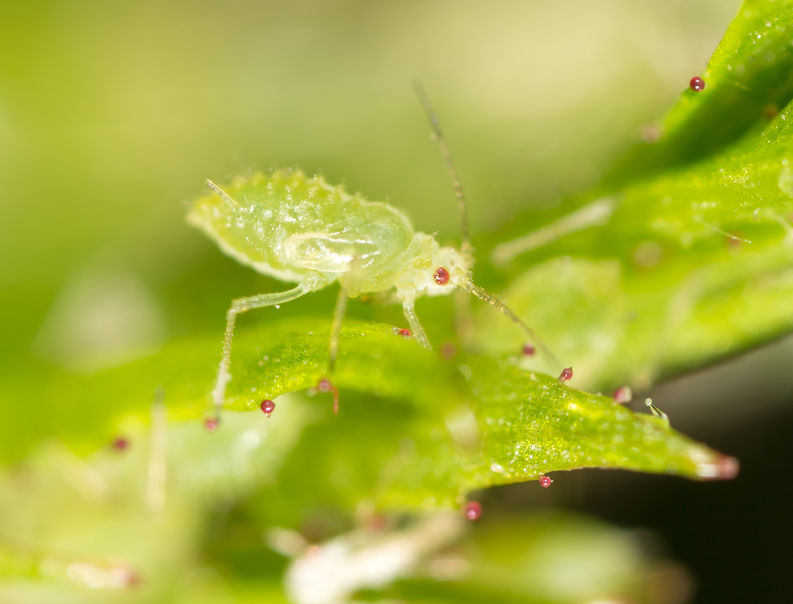
Initial test results show that the vast majority of cereal aphids do not carry barley yellow dwarf virus (BYDV) this year.
This year, a small number of cereal aphids, mainly grain aphids and bird cherry–oat aphids, are undergoing tests for the virus.
Collected from five suction traps, the results show how many of these individuals carry the virus.
Results to date show that the vast majority of aphids do not carry BYDV.
The tests form part of a strategic investment on risk and integrated pest management strategies in cereals.
Long-term monitoring information from the national network of suction traps shows that aphid numbers vary annually and regionally.
The proportion of aphids that carry BYDV also varies between years and regions.
The test results provide a general indication of the prevalence of the virus. However, due to the uncertainty surrounding virus pressure, there are no autumn spray thresholds for cereal aphid control.
Current advice by AHDB is to consider a spray when second-generation aphids are present, irrespective of whether they carry virus or not.
Based on drilling date and air temperatures, the AHDB BYDV management tool predicts when this generation is likely to be present in crops.
A team at Rothamsted Research team will use a molecular test to determine whether aphid samples - up to 90 aphids each week - carry BYDV.
Aphids acquire BYDV by feeding on infected plants and transmit the virus in subsequent feedings.
The virus is transmitted by more than 20 aphid species. The most important are the oat bird-cherry aphid, the corn leaf aphid, the English grain aphid and the green bug.
